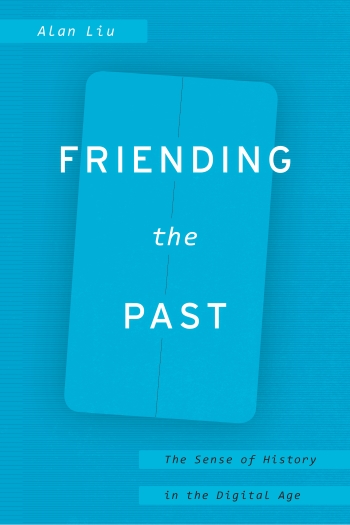| 2024 |
“For Margie – Seeker, Keeper” (ELO 2024)Categories Talks Talks
|
“For Margie – Seeker, Keeper,” ELO2024 conference, plenary panel on “Celebrating Marjorie C. Luesebrink” (Part 1), 19 July 2024.
- Abstract: Liu narrates how Marjorie Luesebrink’s themes and interests are braided together with his own research and teaching–specifically in his signature lecture course (English 25 at UC Santa Barbara) on the history of media and information. A later version of Liu’s course included the spreadsheet fiction that Margie was working on (Tin Towns and other Excel Fictions). The earlier version of the course from 2000-2007 concluded with lectures on Luesebrink’s major hypertext novel Califia, which captured so much of the history and themes of media and information (in their social and personal impact) that it was the perfect capstone for a course titled “The Culture of Information” ( and in later years “Literature and the Information, Media, & Communication Revolutions”).
- Video recording of panel (view online or download .mp4 video):
- Lai-Tze Fan — Introduction to Panel (0:00 – 6:14)
- Stephanie Strickland (6:14 – 14:03)
- Alan Liu (14:15 – 30:42)
- Stuart Moulthrop (30:42 – 44:17)
- Discussion (44:17 – 1:02:27)
- Slides for my talk available at:
- https://bit.ly/ForMargie_ELO2024
- and https://zenodo.org/uploads/12785924 (DOI: 10.5281/zenodo.12785924)

